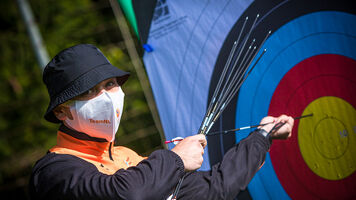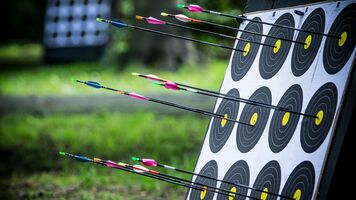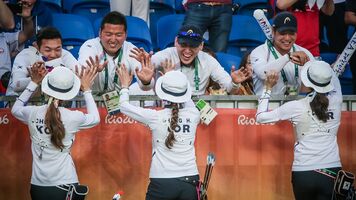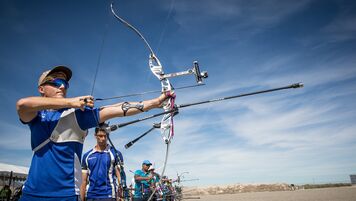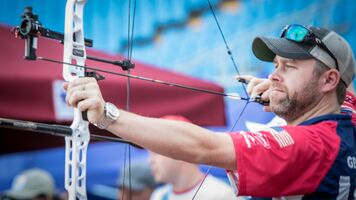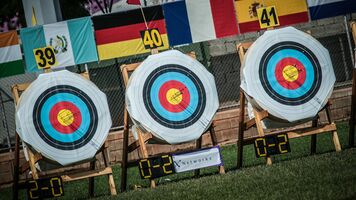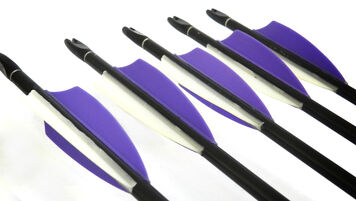Archery 101: How Brady Ellison develops his shooting technique
Three-time Olympic medallist Brady Ellison is one of the most well-known, experienced and consistently successful archers on the international circuit.
The Arizonan archer started shooting compound before making the switch to recurve in 2006, and making the Olympic team for Beijing two years later. Having dedicated more than half of his life to archery, both utilising his clear natural talent and learned skills, he’s a goldmine of experience.
In a recent episode of World Archery’s #Shootlikeme, Brady talked about how the most important part of his technique is the moment of execution.
He said that while his shot might not look identical each time, at the moment of release his subconscious makes adjustments that put the arrow in the middle.
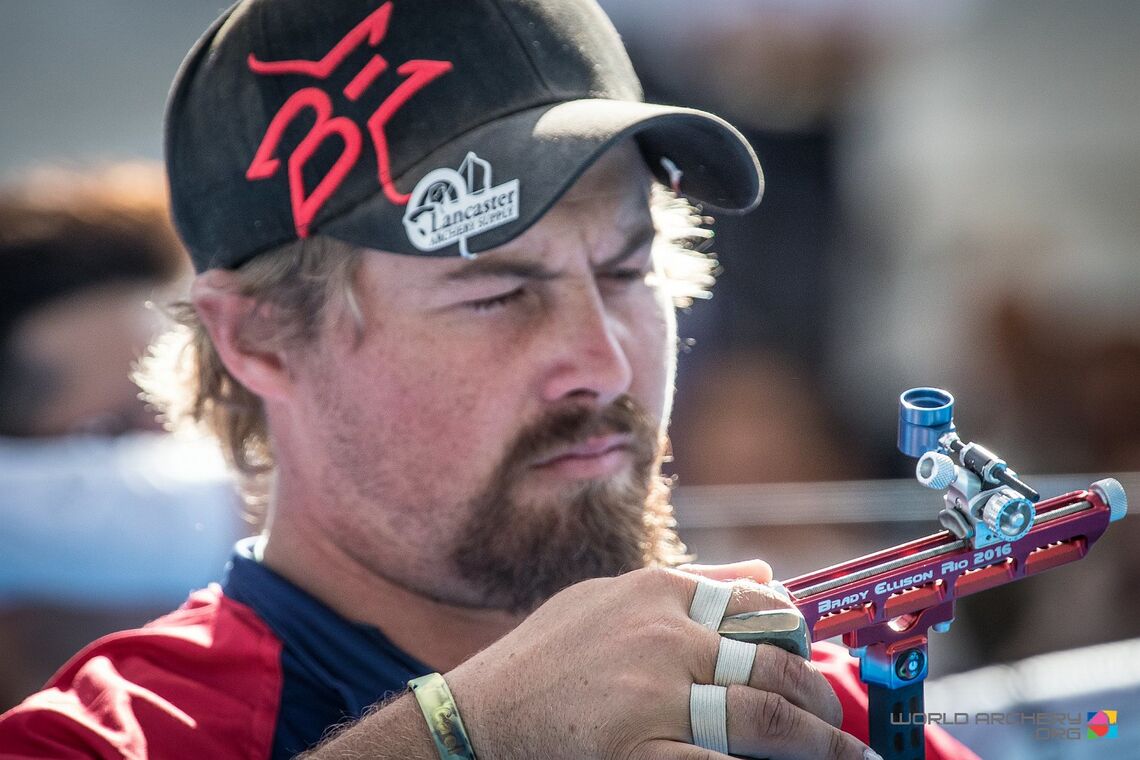
It was an incredible insight into the mind behind one of archery’s most analysed shot styles – and a routine that’s been forged over millions of arrows and perfected at thousands of tournaments.
Every technique is individual and personal, and the process of maximising it is down to coaching, analysis and improvement. They sound like simple concepts, but knowing exactly how to implement changes in style is not easy.
“The biggest thing for checking technique is that you have to be completely honest with yourself whether you are shooting a good shot or not,” explains Brady.
“And if that arrow should land near the middle or not, so you can evaluate how it feels when it hits the target.”
“Once you can be completely honest with yourself, the next thing is that you have to shoot that technique in a tournament and you have to be able to feel the difference from when you go to practice to a competition.”
“Whatever becomes hard for you to do in a tournament, you are probably not doing that right.”
Brady, a four-time Hyundai Archery World Cup Final Champion, says that technique is always something that can be improved upon if it doesn’t feel right – and identifying what is uncomfortable comes down to performing under pressure.
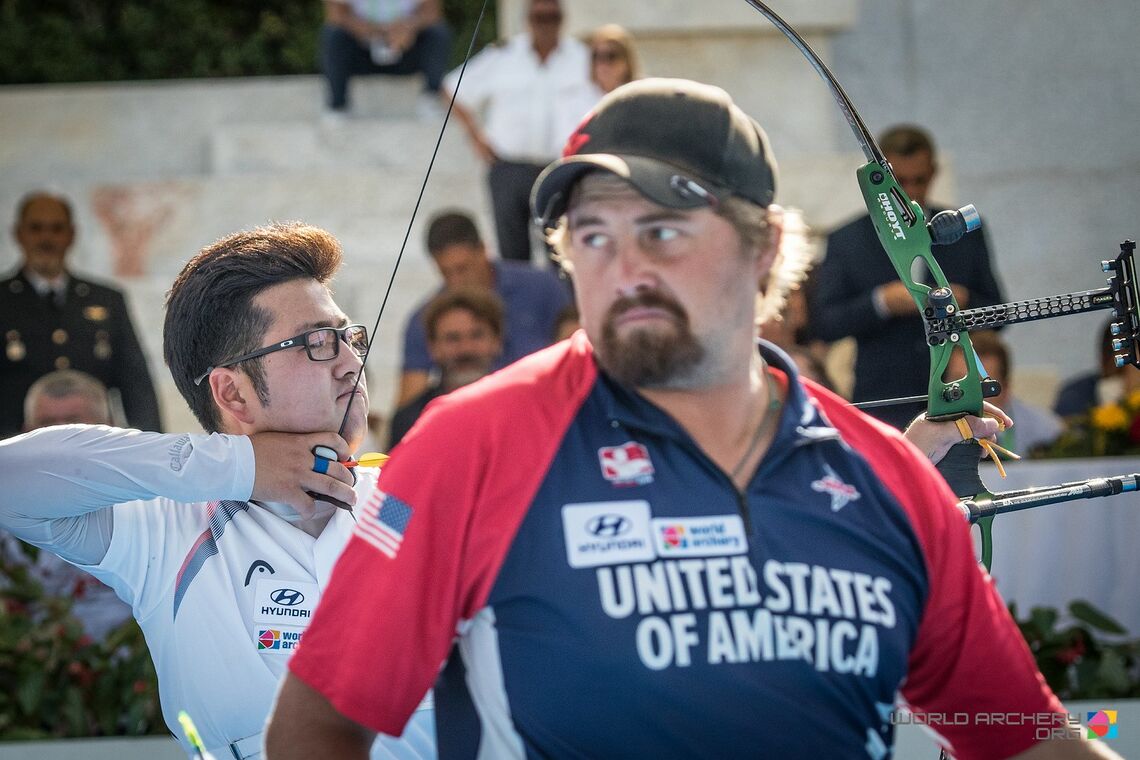
“You might shoot perfectly in practice but then, at a tournament, something feels off or harder. Those are the things you have to change so that when pressure comes it feels easy. The easier you can shoot, the better you are going to shoot,” he explains.
It’s easy to say, but more complex to put into action – especially when you consider how many parts of the body move, or don’t move, to execute the perfect archery shot.
Prioritising technique changes by importance is key to focusing on improvements step-by-step.
“I always work on the things that are going to get my mistakes free faster than working on four or three little things. I do a lot of little things wrong but I do a lot of things right,” he says.
“If you have a really bad shake and you are also working on your grip, you shaking will probably make you have more mistakes than your grip being a little bit different.”
“Focus on the shake, get rid of the shake and then work on the grip.”
Brady, as well as shooting himself, also lends coaching advice to other archers.
“A lot shooters try to focus on one muscle, they only try to contract that one muscle, when we really need a group of muscles to be working together,” he says.
“I try to get people thinking about motion and movement; not muscles. How they are thinking about the shot, how they are executing their shot mentally and if it’s in a position that they like.”
With so much time behind a bow, and a host of winning performances to lean upon, Brady’s technique is settled, surely?
“I play with stuff, I move my body in a different way and try new things. It’s important to understand how it feels from the inside,” he replies.
A willingness to adapt becomes even more important when your body no longer reacts to your technique in the same way. Since late 2017, Brady has been having trouble with his drawing hand.
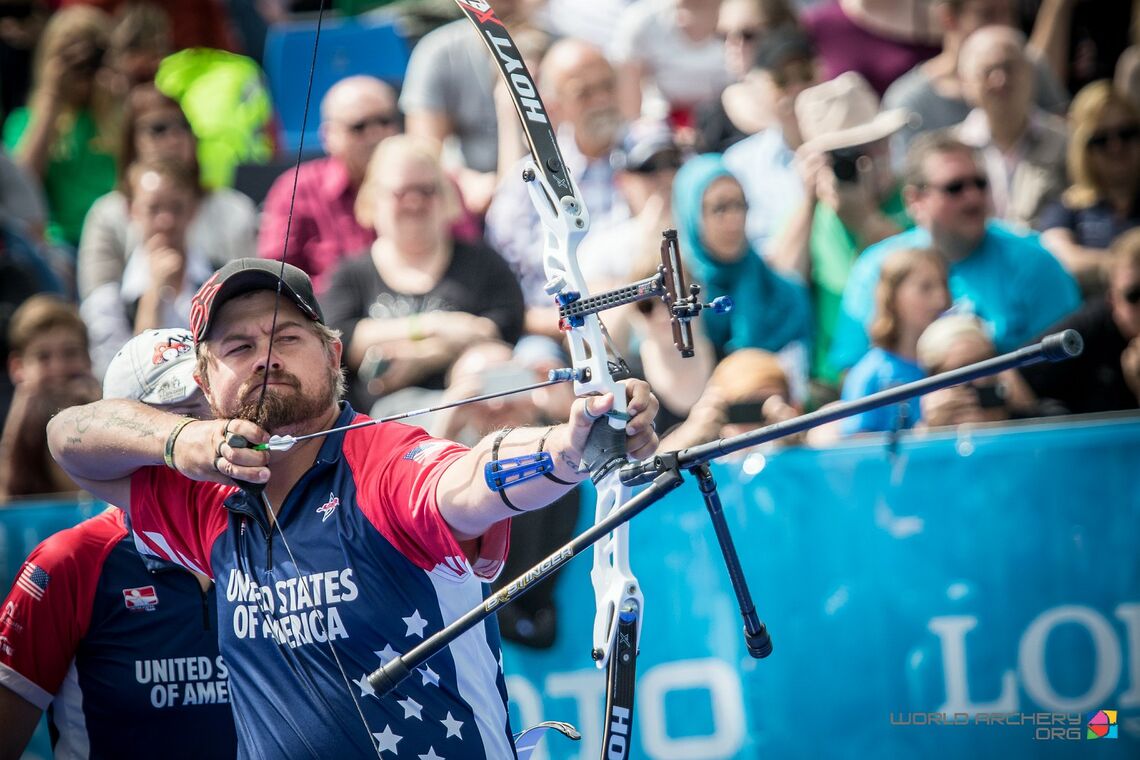
“I’ve been working on a different finger hook because my middle fingers really hurt me and I have some pain. Sometimes I get it right, sometimes I don’t and it’s all over the place, but I’m trying,” he says.
Brady’s persistence and dedication to the sport are well-known – and his rise to the top of the recurve ranks highly documented. He is, without a doubt, an inspiration to many up-and-coming archers.
But if every single technique is different, then perhaps Brady’s style isn’t what those looking to improve should copy – but his approach to developing and improving that shooting style definitely is.


